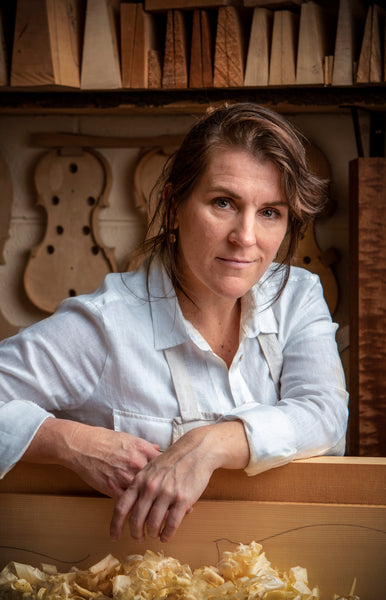Blog RSS
Our First 2023 Craft Research Grant Recipient
We love this kind of thing. When we first announced the M&T Craft Research Grant back in 2020, we watched the mailbox with anticipation as applications began trickling in. We were blown away by the thoroughness and thoughtfulness of the applicants, and by the diversity of their areas of study. These applications are delightful to read through but extremely difficult to select from. It is hard to leave anyone out – but we only award two grants per year. So we have to make the choice. It is not easy. But our first recipient of 2023 stood out. Narelle Freeman, born in Australia but currently located in the Cumbrian countryside in the U.K., has been a luthier for over 20...
Finally. It's Here. The M&T Vintage Ball Cap.
After years on the back burner, we’ve finally released the M&T Ball Cap. If you’re a hat person, you get it. You feel somewhat naked without a hat on your head. It gives you shade when the sun is high, fixes the upper periphery of your visual field in a comforting way, and protects you from dive-bombing goshawks. It keeps morning trail spiderwebs out of your face and Maine blackflies out of your eyes. You perch your sunglasses on the bill or your carpenter’s pencil in the band. It means you don’t have to worry about combing your hair (or even washing it – great for long-distance backpackers) and helps break up your outline if you’re hunting animals for food...
No Greener Option
But cattail deserves a renewal – there is not a greener, more environmentally conscious option for chair seats. This may sound like a bold claim, but consider the alternatives: Woven hickory, ash splints, and solid wood all require a tree to be chopped down, and in the case of a pine seat for a Windsor chair, it’s quite a large tree. Manufactured materials like Danish cord or Shaker tape require factories, infrastructure, and mail-order catalogs. On the other hand, cattails grow in that muddy ditch just up the road, and whatever you cut this year (if done responsibly) will come back again next year. In fact, they tend to spread aggressively and take over wetland areas, so keeping after them...











